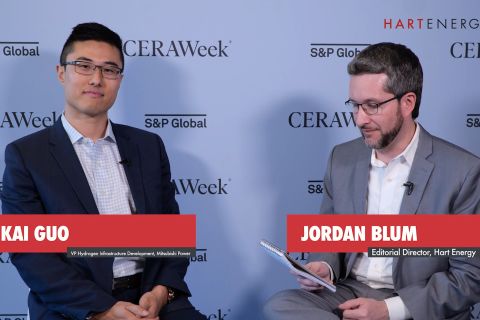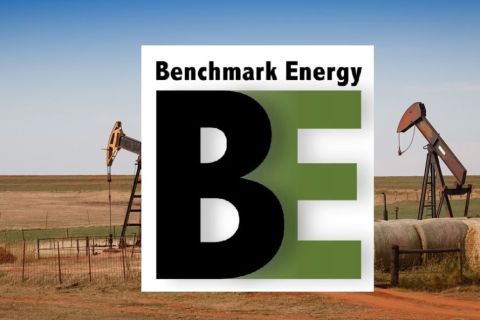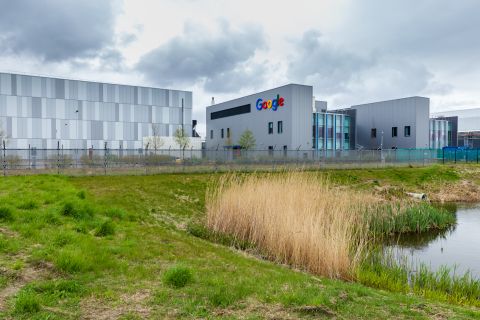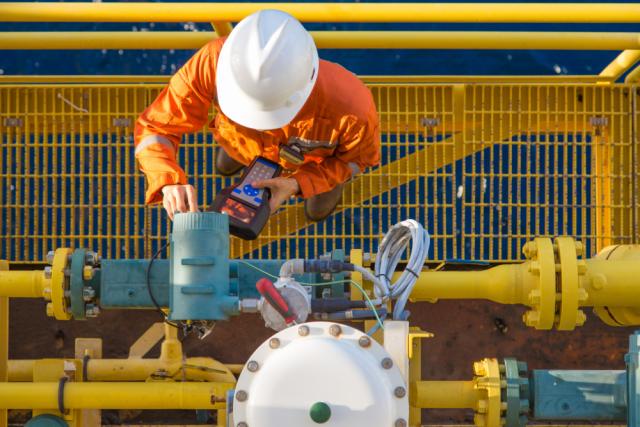
Operational learning is a relatively simple, yet revolutionary way of learning, as it focuses on how work actually happens, according to speakers at ATCE 2022 in Houston on Oct. 5. (Source: Shutterstock.com)
HOUSTON—Safety is paramount within the energy industry. However, a new approach to safety has cropped up in the industry: what if instead of learning from mistakes, oil and gas companies learned from their successes?
Industry leaders speaking during a session on “Learning From Accidents or Learning Before Accidents” at SPE’s Annual Technical Conference and Exhibition (ATCE) shared their visions on learning from normal work—or operational learning, discussed how it can benefit the industry and offered tactics on how to implement it.
“It’s about our ability to learn from those instances where nothing goes wrong, from our everyday operations. It’s about those opportunities to help us get ahead of the times we might have an incident,” said David Hammons, organizational learning manager at Chevron Technical Center.
“When we want to learn from normal work,” continued Hammons, “it’s really critical that we’ve started that human and organizational performance journey. That we really accept that error is normal. We really understand that blame doesn’t fix anything, that our responses matter and that learning is vital.”
Operational learning is a relatively simple, yet revolutionary way of learning, as it focuses on how work actually happens. It doesn’t require waiting for a mistake to happen and it’s not as cookie-cutter as a textbook or training module. It’s taking an organization’s successes and building on them, even when results don’t happen in a standard way.
When successful outcomes don’t happen in a standard way, many workers are reluctant to share this information. That is why Norman Ritchie, director at vPSI Group, believes organizations must foster a culture of psychological safety.
“The idea that your organization, the people in your organization feels confident that they can come to you and say, ‘You know, we have to mess around to get this done.’ I often feel that it’s OK that they can give you this kind of information, without repercussions or a negative impact,” Ritchie said.
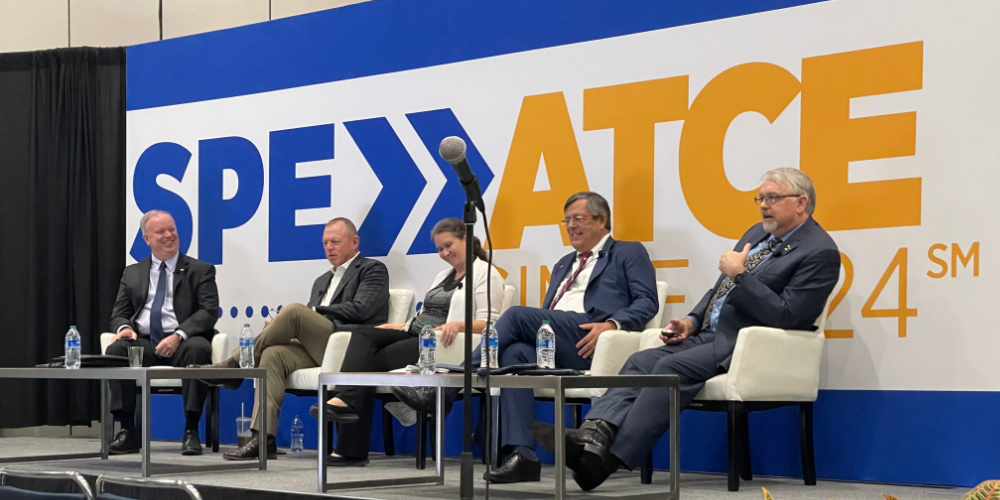
But operational learning is easier said than done. Resources at different organizations are already stretched thin. What can an organization do if it doesn’t have the capacity to investigate incidents that happen as well as investigate normal work?
“Those are concerns that are real and need to be addressed, and part of that is through prioritization and risk-based prioritization,” said Sandra Adkins, human performance and safety science manager at BP Pkc. “It's really looking at the critical task in our work and where things are most likely to have a really bad outcome if something goes wrong. So, there has to be collaborative conversation.”
For BP, that collaborative conversation is a learning team, often a group of five to seven people who were close to the work or directly involved in the task, that meet with a leader and discuss exactly how the operation went. The team discusses how success was met, even if they didn’t follow normal procedure.
The goal is to not punish anybody in the group, but to provide a safe space to find out best practices for the organization and how to learn from the operation.
“We’re not trying to tell the one true story of how work gets done. We’re trying to tell everybody’s story, everybody’s context, to help understand all of the variability in that work,” Chevron’s Hammons said.
Hammons added that he’s also had employees approach him post learning team asking to be a part of the next one.
“You wind up with a very powerful tool to understand the normal variability of work, to strengthen your safeguards, to improve your engagement with your people and to move your organization along on this human and organizational performance journey,” he said.
Recommended Reading
EIA: Permian, Bakken Associated Gas Growth Pressures NatGas Producers
2024-04-18 - Near-record associated gas volumes from U.S. oil basins continue to put pressure on dry gas producers, which are curtailing output and cutting rigs.
Exclusive: Mitsubishi Power Plans Hydrogen for the Long Haul
2024-04-17 - Mitsubishi Power is looking at a "realistic timeline" as the company scales projects centered around the "versatile molecule," Kai Guo, the vice president of hydrogen infrastructure development for Mitsubishi Power, told Hart Energy's Jordan Blum at CERAWeek by S&P Global.
Benchmark Closes Anadarko Deal, Hunts for More M&A
2024-04-17 - Benchmark Energy II closed a $145 million acquisition of western Anadarko Basin assets—and the company is hunting for more low-decline, mature assets to acquire.
US Orders Most Companies to Wind Down Operations in Venezuela by May
2024-04-17 - The U.S. Office of Foreign Assets Control issued a new license related to Venezuela that gives companies until the end of May to wind down operations following a lack of progress on national elections.
Google Exec: More Collaboration Needed for Clean Power
2024-04-17 - Tech giant Google has partnered with its peers and several renewable energy companies, including startups, to ramp up the presence of renewables on the grid.



